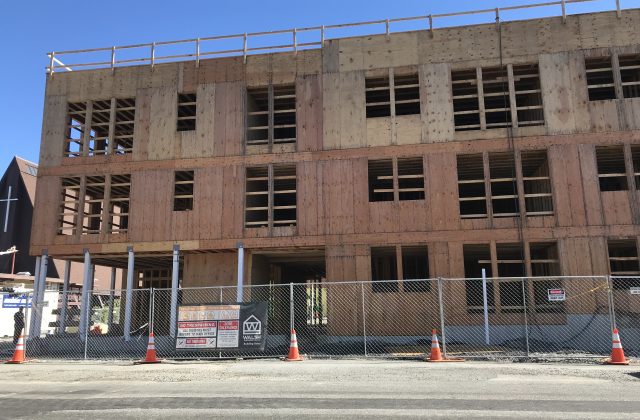City of Seattle: Still No Movement on Reducing Costs of Housing
Later today we’ll convene an initial meeting to talk about approaches to legally challenge the City of Seattle’s Mandatory Inclusionary Zoning (MIZ) program they call Mandatory Housing Affordability (MHA). And we’re well underway, on more than one front, with a review of costs of non-profit housing. It’s pretty simple: non-profits are running out of money because their costs are enormous, and MHA siphons money out of the market to pay for those costs. We’re the only voice in the City that consistently and publicly points this out. We have to continue. The solution? Also pretty simple: make MHA a voluntary program and work with all housing producers to reduce costs that will lower prices for people who need housing.
This is my latest email to Deputy Mayor David Mosley and head of the Seattle Department of Construction and Inspections (SDCI) asking them to take on the task of finding ways to lower costs on things the executive departments have control over. No response yet.
The photo is of Compass Housing Alliance’s Broadview project. Based on the Consolidated Funding Application for the project, the total cost is $21,663,414 for 59 units or $367,177 per unit.
Hello David and Nathan,
I thought I’d check in with you about getting together to talk about reducing costs.
Recently the City received a pretty stiff rebuke from the public on the head tax. A big part of that backlash was over costs.
Non-profit housing is way too expensive and the wider public is going to wake up o this. We have done a disclosure on non-profit projects and are in the process of analyzing those. If you want to see one example of inflated costs read my blog post on Plymouth Housing’s project at 501 Rainier. Market rate builders can complete projects like this for about $14 million, yet the City and others funders are spending $30 million to build this project.
Consider Mercy Housing’s rehab of Building 9 at Magnuson Park: $73 million for 148 units, a cost of about $493K per unit. We’re looking into how that compares with what a private developer would spend to complete a similar project. The Masonic Landmark on the Sound sold for $14 million a couple years ago. Maybe not a fair comparison, but why is nobody asking about the price tag for Building 9?
Also, the Joint Legislative Audit and Review Committee (JLARC) will have results from its study in December, just in time for the beginning of the legislative session in Olympia.
The time is now to follow through with the cost reduction elements of the Housing Affordability and Livability Agenda (HALA) Committee recommendations. Can we begin the process of doing this across both market and non-profit housing sectors?
And we need to open up discussions on significantly changing the City’s proposed MHA program which is intended to feed cash to non-profits with fees.
The MHA program is illegal and we’re considering a sustained legal challenge.
Both MHA and the Housing Trust Fund are vulnerable because self-imposed regulatory costs are pushing up costs and prices. People in Seattle and all over the state are demanding more efficiency and fairness in how subsidies are used.
It’s time to talk and then act.
If we find ways to reduce all housing production costs, become more efficient with the use of subsidies, and expand programs that already work like MFTE, we can solve many of the housing issues being faced by people in Seattle today. The days of more and more revenue and more and more rules to solve housing, I believe, are coming to an end.
Please consider starting and leading this process.
A List of 47 Cost Drivers for Housing in Seattle


